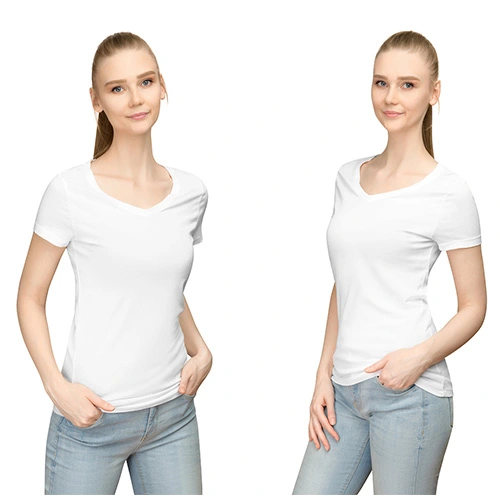EN
- Custom Working Suit
- Custom Business Suit
- Custom Leisure Suit
- Custom Business T-shirt
- Custom Business Coats
- Custom Business Jackets
- Custom Short Sleeve
- Custom Staff Uniforms
What are you looking for?

































